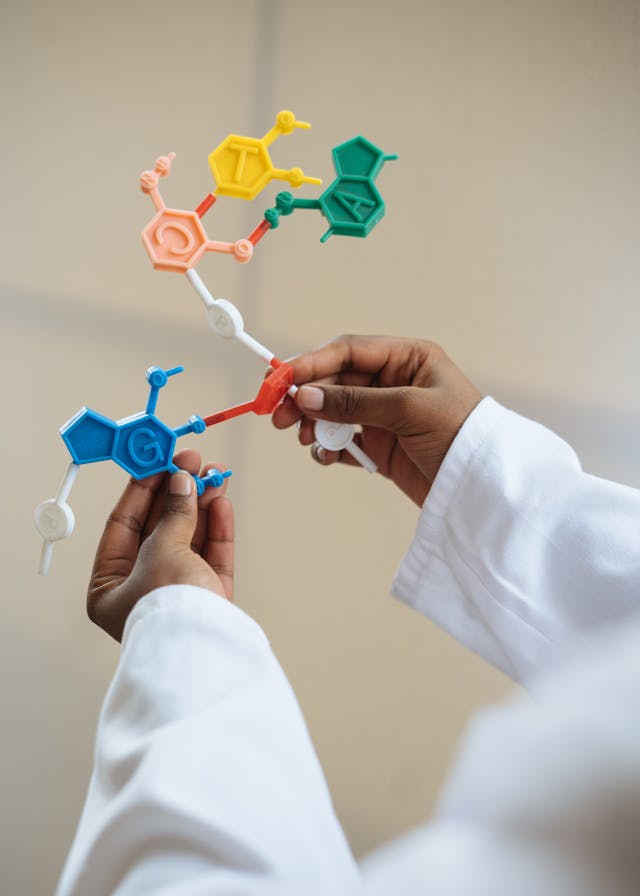 From biomarkers to innovative neuromodulation and drug targets, here’s a look at the most promising breakthroughs in tinnitus research. Tinnitus remains a challenging and often frustrating condition—but 2025 is shaping up to be a landmark year for new insights and emergent treatments.
From biomarkers to innovative neuromodulation and drug targets, here’s a look at the most promising breakthroughs in tinnitus research. Tinnitus remains a challenging and often frustrating condition—but 2025 is shaping up to be a landmark year for new insights and emergent treatments.
1. Objective Biomarkers Enter the Spotlight
One of the biggest hurdles in tinnitus research has always been the lack of objective measures. Until recently, severity assessments were largely based on self-reported questionnaires. But new studies have uncovered physiological signs that correlate with tinnitus distress.
• Researchers at Mass General Brigham have identified “hidden in plain sight” facial and eye biomarkers—such as subtle facial micro‑movements and pupil dilation—that correlate with how distressing tinnitus is for individuals.
Medical Xpress+2Mass General Brigham+2
• Meanwhile, scientists have developed a light‑based brain activity test that distinguishes mild vs. severe tinnitus with about 87% accuracy using AI analysis.
Bionics Institute
• These developments may finally allow clinical trials to measure changes in tinnitus beyond subjective reports—a leap that can accelerate drug and device validation.
Harvard Gazette+1
These objective markers offer hope that someday clinicians might measure how your tinnitus is changing, not just ask how you feel.
2. Bimodal and Neuromodulation Therapies Are Gaining Ground
Treatments that blend sound with neural stimulation (so-called bimodal therapies) are showing encouraging results.
• The Lenire device, which pairs tongue stimulation with auditory input, continues to gain traction. In a recent U.S. study of people with moderate to severe tinnitus, over 90% reported meaningful reduction in symptoms after use.
• Noninvasive brain stimulation approaches, especially targeting specific brain regions involved in tinnitus pathogenesis, are being tested in Australia and other research hubs.
RNID
• Another exciting line comes from the American Tinnitus Association’s catalog of experimental therapies, notably vagus nerve stimulation (VNS) combined with acoustic tones to reshape neural plasticity.
ata.org
These methods aim not just to mask sound but to rewire how the brain processes—or ignores—tinnitus signals.
3. Drug Targets and Anti‑Inflammatory Approaches
While no magic pill exists—yet—several promising drug directions are emerging:
• A 2025 rodent study blocked a pro‑inflammatory molecule (TNF‑α) in the auditory cortex and prevented the onset of tinnitus after noise injury.
hearinglosscornwall.org
• French biotech Cilcare is developing compounds (e.g. CIL001) focused on restoring neural connectivity in hearing pathways and treating underlying auditory dysfunction.
• Genetic and hereditary studies suggest that in some cases, tinnitus may involve inheritable pathways—raising the possibility of gene-based or precision-medicine therapies in the future.
These innovations speak to a shift: beyond symptomatic relief, toward modifying disease pathways.
4. Advances in Modeling and Theory
New conceptual models are helping explain how tinnitus arises and persists:
• A unified theory published in late 2024 proposes that both tinnitus and hyperacusis may derive from associative plasticity in the dorsal cochlear nucleus, triggered by hearing loss or noise injury.
• Animal model improvements and computational simulations are speeding the development pipeline, helping researchers test new interventions faster.
• Studies into sleep and nap-related fluctuations in tinnitus suggest that even routine sleep events may modulate tinnitus via somatosensory or airway dynamics.
As these theoretical advances solidify, they help unify the auditory, neurological, and behavioral aspects of tinnitus under one framework.
5. Digital Therapeutics and Apps Are Expanding Access
With barriers to in‑person care, digital platforms are becoming vital:
• The MindEar app delivers CBT and sound therapy via a chatbot. In a pilot, many participants achieved clinically meaningful reductions in tinnitus distress.
• Tele‑delivered CBT has shown preliminary positive outcomes, allowing people in remote locations to access evidence‑based therapy.
ASHA Journals Academy
• Clinical trials in major centers (e.g. University of California, Irvine) are testing new device‑based and behavioral protocols—many with digital integration—starting in 2025.
clinicaltrials.icts.uci.edu
These tools are not replacements for clinician care, but they may fill critical gaps and support earlier intervention.
Summary
2025 is proving to be a watershed year in tinnitus research. For the first time, objective biomarkers may allow measurable evaluation; neuromodulation and bimodal therapies are showing efficacy; drug targets for inflammation and neural repair are moving forward; refined models are shaping how we think about tinnitus; and digital therapeutics are enhancing access. While no one solution is yet definitive, the convergence of neuroscience, technology, and behavioral science is pushing the field forward in unprecedented ways.
Interested in Real, Evidence‑Based Tinnitus Support?
If you’re exploring treatment options and want an expert who stays on top of the latest research, the Tinnitus Cognitive Center™ offers personalized online therapy sessions worldwide. Cognitive retraining therapy—rooted in science—is one of the most promising ways to manage the emotional and perceptual aspects of tinnitus. Sessions are available in five languages, so you can get care in the language you’re most comfortable with.
Contact Information:
Tinnitus Cognitive Center™
Stephen Geller Katz LCSW
19 West 34th Street Penthouse Floor
New York, NY 10001
📞 646-213-2321
🌐 www.tinnituscognitivecenter.com
